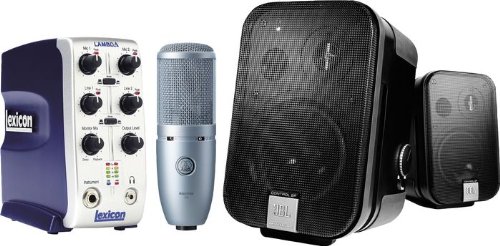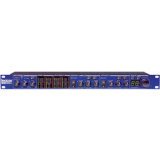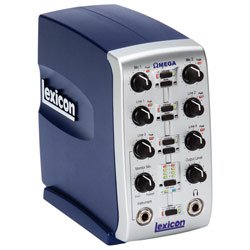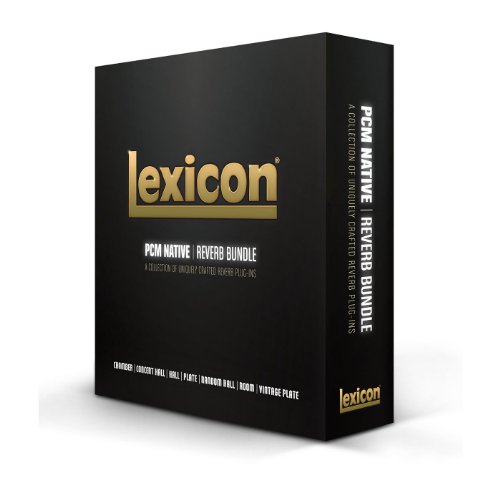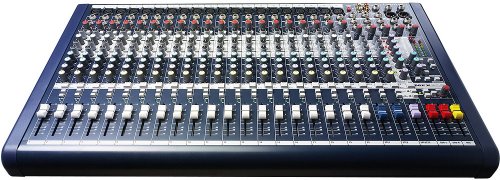Lexicon MX300 Stereo Reverb/Effects Processor Review


Lexicon MX300 Stereo Reverb/Effects Processor Feature
- 33 legendary Lexicon reverbs, delays, effects and dbx dynamics
- 24-bit, 48kHz/44.1kHz sample rates
- Two 1/4" TRSand XLR inputs, two 1/4" TRS and XLR outputs, S/PDIF and MIDI
- 5 rounting configurations: Dual Mono, Stereo, Cascade (Series), Dual Stereo (Parallel), Mono Split
- Unique USB "Hardware Plug-In" feature with VST and AU plug-in software
The MX300 puts the great sound of a hardware Lexicon reverb—plus the ability to put that power to work as part of your DAW workflow via PC VST and Mac AU plug-ins—in one unit. Even better, the ultra-affordable MX300 comes packed with a significant portion of the capabilities from the powerful MX400. All parameters of every reverb, delay, and dynamic effect are available inside any VST- or AU-compatible DAW program. Just link your computer to the MX300 with a USB cable, then you can control automation and recall parameters exactly as you would with any software plug-in. You get the instant control of a plug-in effect, and the warm, complex depth that only a dedicated Lexicon processor can provide. The MX300 boasts a full arsenal of voice and instrument-enhancing effects including 16 Lexicon reverbs, 7 delays, genuine dbx compression and de-essing, and 8 modulated effects that will make any performance sound better. Lexicon designed the MX300 to be ultra-easy-to use in demanding live sound situations. Once a program has been selected, you have instant access to three parameter knobs — instead of having to page through extra menus. You can program a whole night of presets, and dial them up quickly with the dedicated program select knob and bright LED display. 32 legendary Lexicon effects are packed into the MX300 and every effect and parameter is instantly accessible. You can use 2 reverbs or effects at once in one of 5 flexible routing options: dual mono, cascade (series), stereo, dual stereo (parallel), or mono split. 99 carefully-crafted factory presets offer stunning reverbs and effects, with an additional 99 programmable slots that allow the user to make custom effects from dozens of effects types including halls, chambers, plates, slap and tape-type delays, dbx dynamics algorithms, and special effects like chorus, flange, tremolo and rotary.

